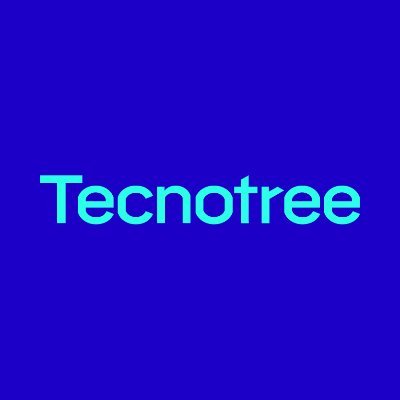Like most network operators, nbn has developed its network management capabilities over time using monolithic architecture. Proprietary legacy systems collected data from network elements using SNMP (simple network management protocol), a relational database management system for data storage and a closed user interface for operations of each vendor’s network technology. This limited scalability and performance and resulted in long cycles for developing new services.
nbn and Infosys worked together to develop an intelligent network management solution with the following features:
- A simple and layered cloud-native functional architecture that is open and disaggregated, with clear separation of functions
- Decoupling of data collection and mediation from the applications that independently consume them
- Distributed microservices-based applications enabling separation of service and infrastructure availability, coupled with a DevOps continuous integration and delivery (CI/CD) pipeline
- Inherent ability to identify failed functional components and bring them up on the fly, which decouples the application availability from infrastructure availability
- Interactions across the functional layers based on TM Forum Open APIs to enable plug-and-play applications
- Exposure of telemetry data to enable future capabilities such as machine learning, which helps predict problems before they affect customers
- Ability to scale on demand
- Intent-based service fulfillment and assurance
“While most of the above are well used in IT and software development, this was totally new for network management as all the existing systems are designed monolithically,” Andis says. “nbn and Infosys took the approach to solve this as an industry problem.”
Infosys and nbn used principles from the TM Forum Open Digital Architecture and several Open APIs to develop their network management solution. From the start, the goal was to build a strategic architecture and improve customer experience (CX). Using a network-as-a-service (NaaS) approach, the team standardized interactions between the network and operational support systems (OSS) using a network service abstraction layer and Open APIs.
Using the new network management solution, nbn expects to save close to AUD$100 million ($70 million) over the next five years through cost reduction and higher values in monetization. New revenue is coming from the platform-based digital marketplace that nbn and Infosys have developed, which nbn uses to create smart apps and services for customers.
Through the marketplace, nbn’s partners can consume exposed Open APIs to deliver applications that improve customer experience, operational efficiency and monetization. New services that have resulted include a profile management application from Cable Labs, the cable industry’s R&D lab, and dynamic capacity management, which uses performance statistics and data to calculate available capacity.




